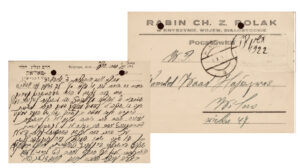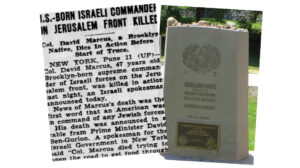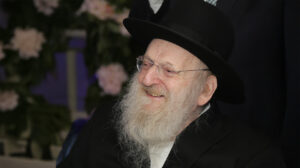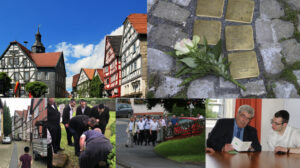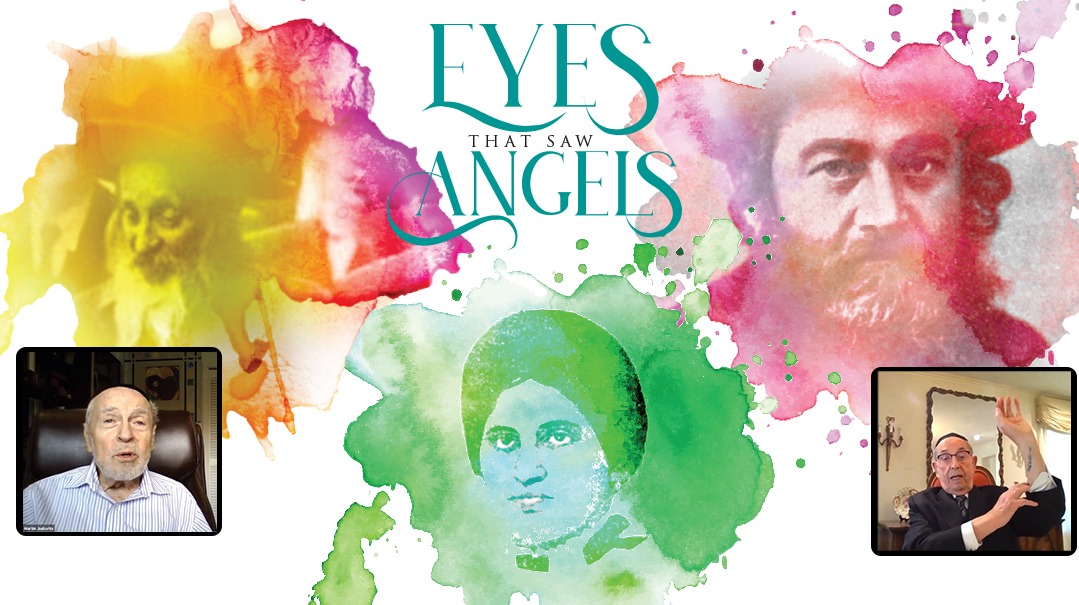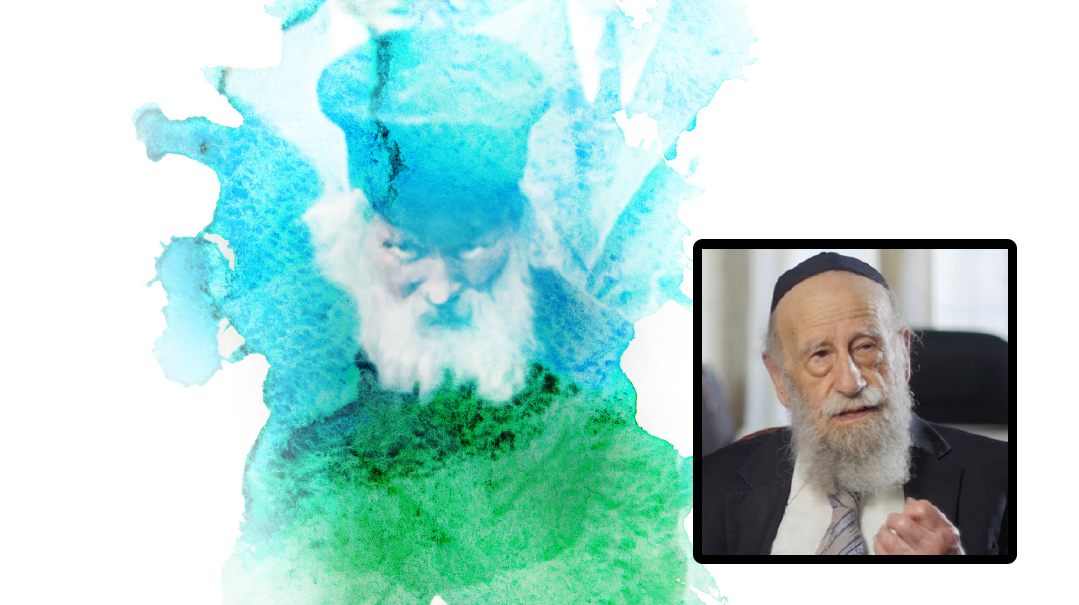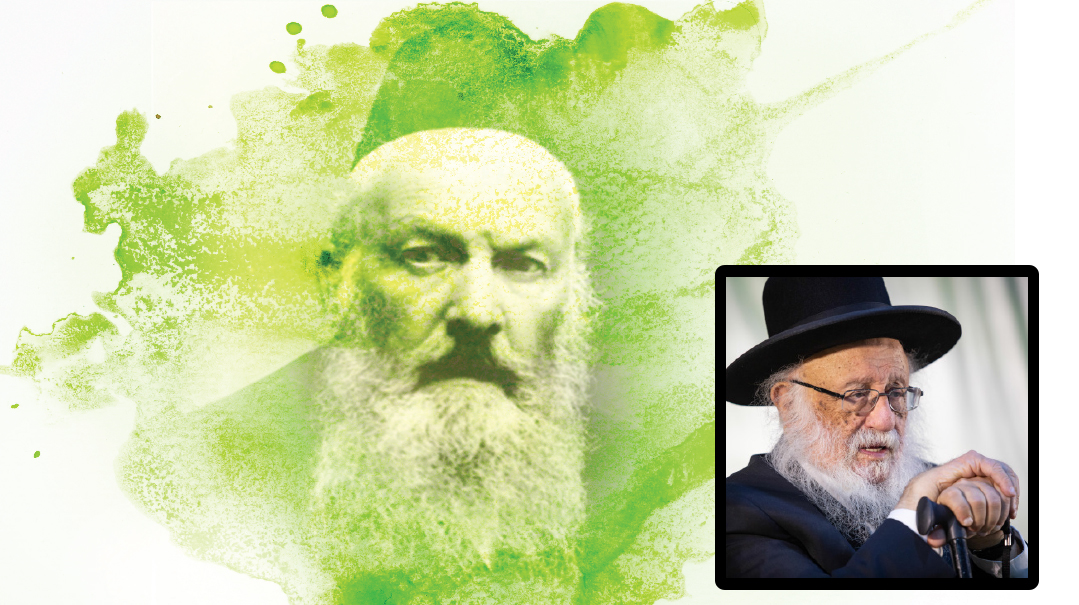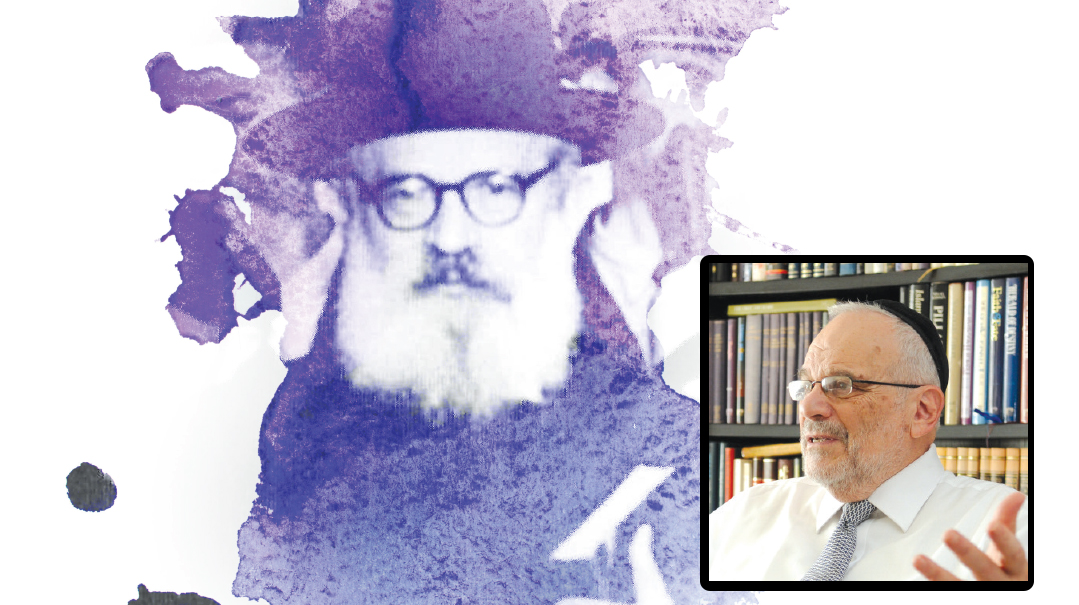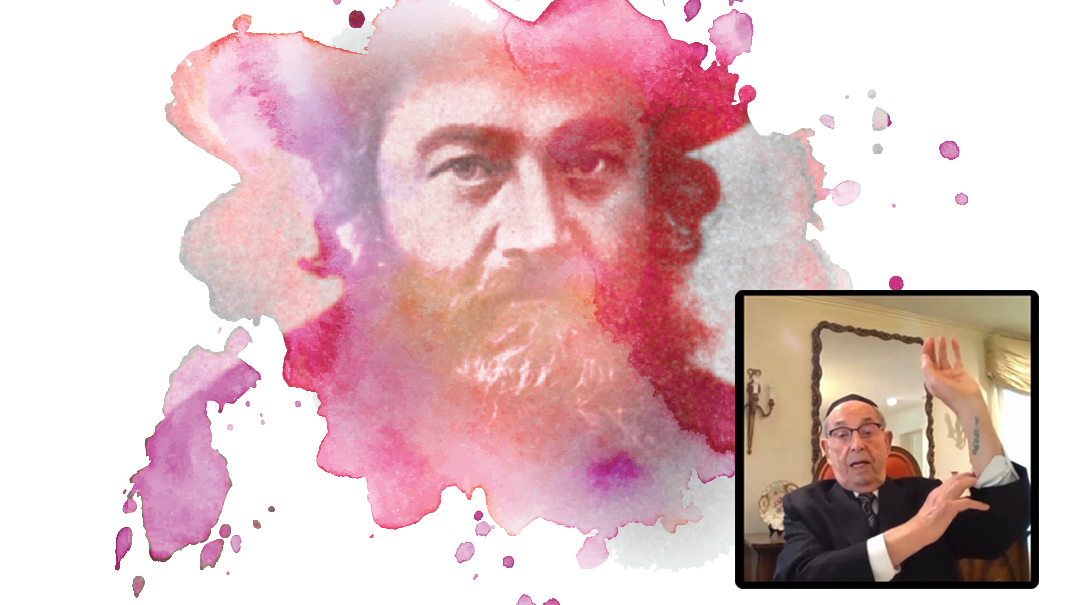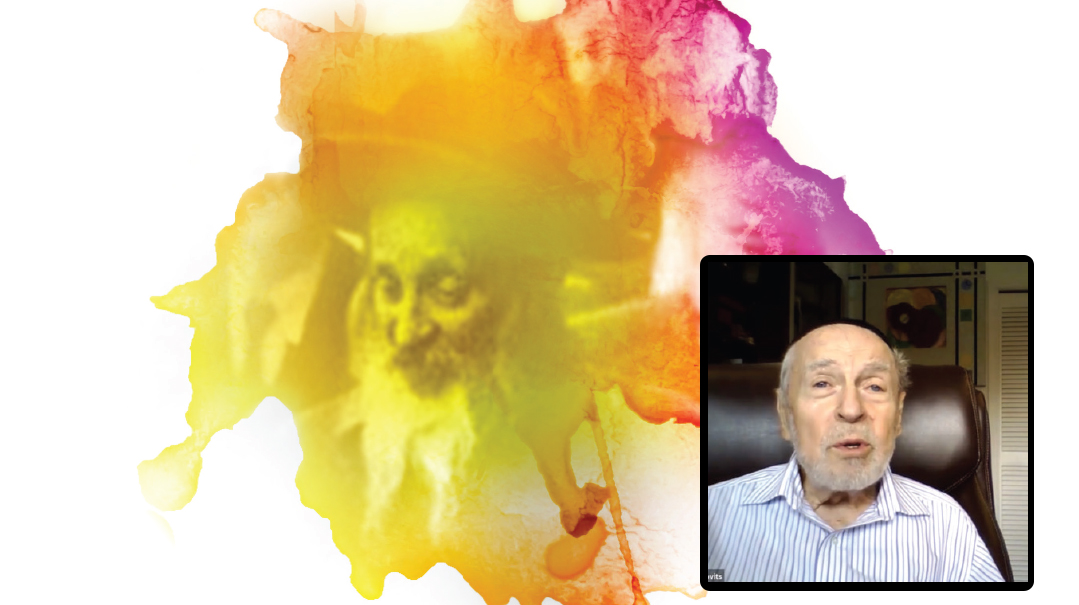My Father, My Teacher
| March 23, 2021Venerable individuals still among us share their recollections of personal encounters with yesteryear's giants
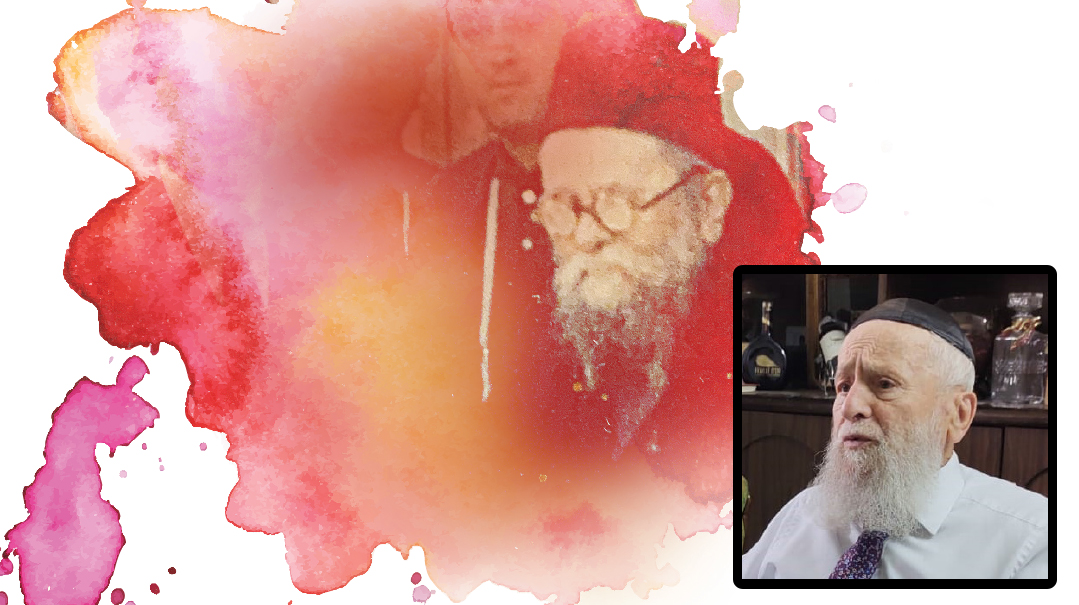
Rav David Attieh
Jerusalem, Israel
Eyes that saw Rav Ezra Attieh
Turn off the traffic-choked Malchei Yisrael Street in Jerusalem’s Geula neighborhood onto Rechov Yosef Ben Matityahu, and you’ll find the imposing structure of Medrash Porat Yosef. This storied yeshivah is almost singularly responsible for producing generations of Sephardic rabbanim, roshei yeshivah, scholarly laymen and Torah leaders. Several buildings away sits Rav David Attieh, son of the personality most associated with Porat Yosef — Rav Ezra Attieh.
Syrian-born Rav Ezra served as rosh yeshivah of the flagship Porat Yosef yeshivah from two years after its founding in 1923 until his own passing 45 years later in 1970. But he was more than rosh yeshivah of a specific institution.
“My father was responsible for the flourishing of Torah and spiritual life in the Sephardic world,” Rav David says. “Everyone revered him. Even as a child growing up in the home, there was a sense of trepidation and veneration — I would tremble in his presence. Even today, the thought of my father guides me in all that I do.”
As a youngster, Rav David was aware of his father’s high standards and worked hard to excel and make him proud. “A rebbi in Porat Yosef is referred to as a ‘Moreh’ — he’s more of a guide than a teacher. When studying with my father, he wouldn’t teach me the Gemara, he’d demand that I come to an understanding on my own. ‘Think a bit more in depth, try again,’ he would say. Then, when I figured it out, he would exult along with me. That’s the type of rebbi he was — more of a listener than a lecturer.”
Growing up as the son of this illustrious figure, Rav David Attieh regularly saw the rabbinic elite of Porat Yosef and the wider Sephardic society. “On every chag, after the tefillah, all the Sephardic shuls in the surrounding neighborhoods would join a procession in wishing my father a Chag Samei’ach. People would regularly visit our home, seeking my father’s counsel on a myriad of issues.”
The family resided in very simple living quarters. Rav Ezra Attieh raised his own family as well as his brother’s orphaned children, and all the children slept on mattresses on the floor — sans beds.
Though Rav Ezra loved seforim, there was simply no room for them in the tiny apartment. When he’d write his own chiddushei Torah, he stored them in a pillowcase on the roof. (Rav David is currently working to publish these pillowcase chiddushim.)
Still, great Torah scholars would regularly visit the little apartment. “The Av Beit Din of the Vaad Ha’edah Hasephardit was Chacham Yehudah Shako. When I was growing up, he and Rav Yosef Elyashar would visit our home every Shabbat afternoon. They would speak in learning with my father for a couple of hours, and then my father would escort them home. He desired to show his respect by walking them all the way to their homes, and they would insist that he had accompanied them enough and should return to his own home. This debate was a recurring scene every Shabbat.”
While Rav Ezra was rosh yeshivah of the “pashtanim” division of the yeshivah (Rav Efraim Cohen led the “mekubalim” division), he was well-versed in Kabbalah as well, learning personally with famed kabbalist Chacham Shaul Dweck.
Another kabbalist Rav David remembers from his childhood is Rav Avraham Antebi-Seka. Rav Antebi would grow so immersed in his learning that his daughters were sent to the Beit Knesset to bring him home late at night. At the same time, he was a very sharp and strong-minded individual unafraid to stand up for his principles.
“The Adess Shul in Nachlaot once invited the president of the State of Israel Yitzchak Ben Zvi, for an official visit, placing signs around the neighborhood inviting everyone to participate in the ceremony,” Rav David remembers. “Rav Antebi was incensed. He immediately sent for the gabbai, with a message that he should hurry over with the keys to the Beit Knesset. ‘If he doesn’t come immediately, I will place him in cherem!’ he threatened.
“The gabbai dropped everything and appeared before the chacham, who took the keys and had the aforesaid Beit Knesset closed for the next two weeks. There were no prayers held there, weekday or Shabbat, until the president’s visit was canceled.”
Another neighborhood luminary was the Beis Yisrael of Gur. “I actually remember his father, the Imrei Emes,” Rav David says. “When he arrived in Eretz Yisrael, I pushed my way among the chassidim to get a glimpse of him.”
The Beis Yisrael would walk the streets with an entourage of chassidim. Whenever he’d encounter Rav Ezra Attieh, he’d cross the street to greet him. “Those Ashkenazic chassidim couldn’t understand it — but the Beis Yisrael knew who my father was.”
He wasn’t the only one to acknowledge Rav Ezra’s greatness. Rav Ezra Attieh was the sole Sephardic gadol who served on the Moetzes Gedolei HaTorah of Agudas Yisrael. He also served as a member of the Vaad Hayeshivos. Though he shied away from politics, he saw these roles as an opportunity to strengthen traditional Jewish life in the Holy Land.
“The Baba Sali once visited my father,” Rav David says. “On his way out, he commented to those with him, ‘We just merited to greet the Shechinah itself!’ That’s what I had the zechut to grow up with.”
Yehuda Says
Though it was formally opened in 1923, Porat Yosef was over two decades in the making. In 1900, a wealthy Jew from Calcutta, India, named Yosef Avraham Shalom asked Rav Yosef Chaim of Baghdad — known as the Ben Ish Chai — for approval for his plan to build a Jewish hospital in Yerushalayim. The Ben Ish Chai advised that he build a yeshivah instead. Construction commenced in 1910 and was interrupted by World War I. By the time it was done, both the Ben Ish Chai and the benefactor had passed on, but almost a century later their legacy continues to flourish.
(Originally featured in Mishpacha, Issue 854)
Oops! We could not locate your form.
